 Mains
Mains
 DIY
DIY
 HiFi Cables
HiFi Cables
LATEST PRODUCTS
-
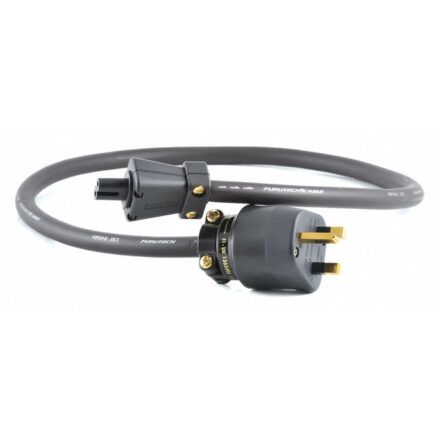 Furutech Fig.8 Mains Power Lead, 1.5 Metres
£195.00 – £302.00Price range: £195.00 through £302.00
Furutech Fig.8 Mains Power Lead, 1.5 Metres
£195.00 – £302.00Price range: £195.00 through £302.00
-
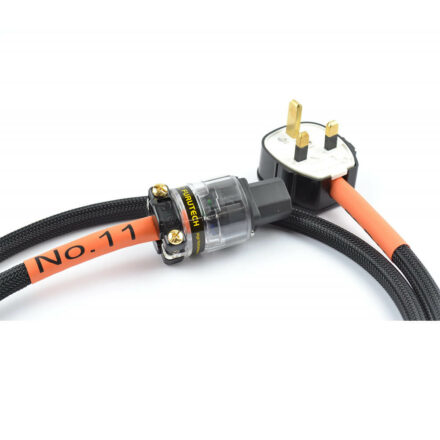 Mains Cables R Us No.11 Power Lead
Rated 5.00 out of 5£65.00 – £158.00Price range: £65.00 through £158.00
Mains Cables R Us No.11 Power Lead
Rated 5.00 out of 5£65.00 – £158.00Price range: £65.00 through £158.00 -
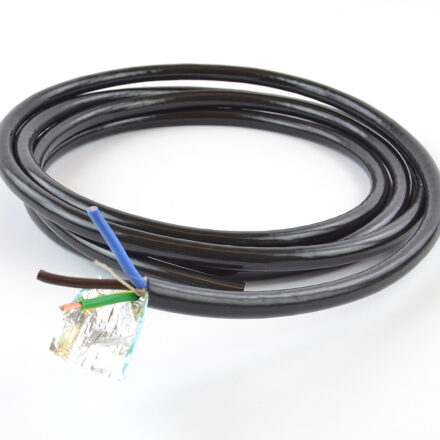 Belden 19364 Audio-Grade Mains Cable sold per metre for DIY
Rated 4.75 out of 5£12.00
Belden 19364 Audio-Grade Mains Cable sold per metre for DIY
Rated 4.75 out of 5£12.00
-
 Power Supplies
Power Supplies
ON SALE NOW
-
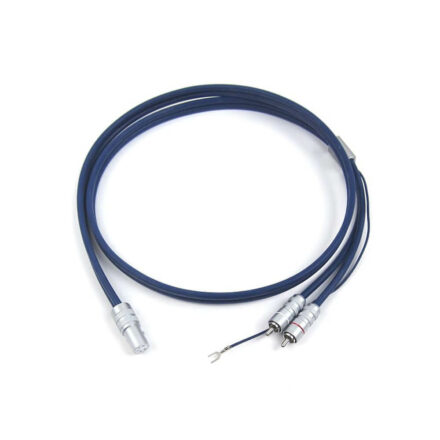 Oyaide PA-2075 DR Tone-Arm Cable
£265.00
Oyaide PA-2075 DR Tone-Arm Cable
£265.00
-
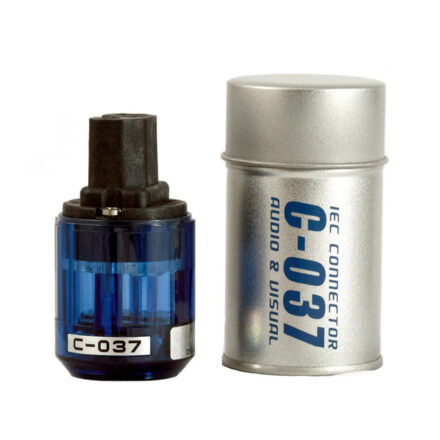 Oyaide C-037 Rhodium/Silver Plated IEC Connector OFFER
Rated 5.00 out of 5
Oyaide C-037 Rhodium/Silver Plated IEC Connector OFFER
Rated 5.00 out of 5£102.00Original price was: £102.00.£72.00Current price is: £72.00.
-
 Computer Audio
Computer Audio
FEATURED PRODUCTS
-
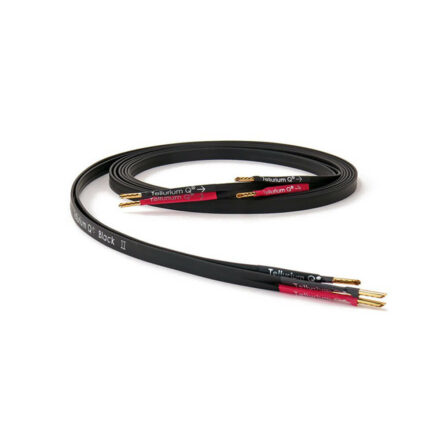 Tellurium Q Black II Speaker Cables
Rated 5.00 out of 5£119.00 – £952.00Price range: £119.00 through £952.00
Tellurium Q Black II Speaker Cables
Rated 5.00 out of 5£119.00 – £952.00Price range: £119.00 through £952.00 -
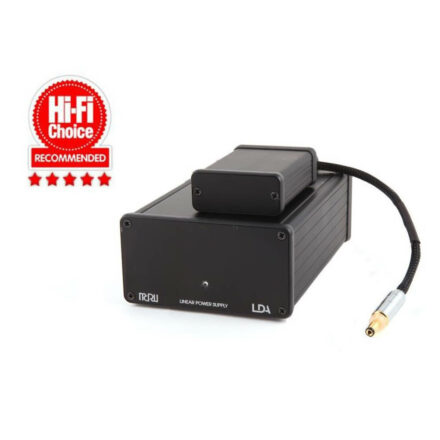 Linear Power Supply For Clearaudio Turntables
Rated 5.00 out of 5£240.00 – £595.00Price range: £240.00 through £595.00
Linear Power Supply For Clearaudio Turntables
Rated 5.00 out of 5£240.00 – £595.00Price range: £240.00 through £595.00
-
 Vinyl Essentials
Vinyl Essentials
Latest Products
-
 Oyaide PA-2075 DR Tone-Arm Cable
£265.00
Oyaide PA-2075 DR Tone-Arm Cable
£265.00
-
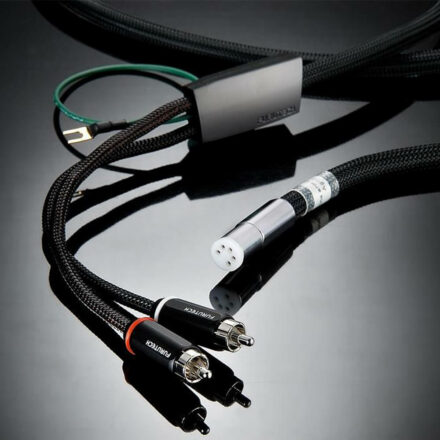 Furutech AG-12 Phono Cable
Rated 4.50 out of 5£550.00
Furutech AG-12 Phono Cable
Rated 4.50 out of 5£550.00
-
 Accessories
Accessories
 HiFi Equipment
HiFi Equipment
 Speakers
Speakers Headphones
Headphones
 Music
Music
Back to products


Ex-Dem Music First Audio Reference MM Phono Amplifier
£9,840.00 Original price was: £9,840.00.£7,872.00Current price is: £7,872.00.
Longdog Audio 2 Amp Linear Power Supply for NAS Drives
£395.00
It is well known that the switch mode power supply that comes with your equipment does more harm than good, in fact it actually injects crud into your hifi system as well as powering your equipment, the phrase “ditch the switch” is particularly relevent here as replacing it with our fully regulated linear power supply will opem up the music and overall improve your listening experience.
SKU:
N/A
Categories: NAS-Drive Power Supplies, Power Supplies, Wireless Router PSU's
Description
MCRU are famous for our regulated linear power supplies, EVERY design we have submitted to the hifi magazines has received the top award. The reason is simple, replacing the supplied switch mode power supply with our supply makes your equipment sound much better, proven by 100’s of satisfied customers globally.
THis power supply was designed especially to suit smaller NAS drives and routers that draw up to 2 amps current. If you are n-sure about the power requirement of your kit just look on the existing wall wart plug and send us the information, as an example 12V DC x 20 watts is 1.67 amps so this item will suit your gear perfectly.
All our power supplies are designed by Nick Gorham from Longdog Audio, Nick’s explanation of how the supply works is at the bottom of this page, with many 100’s if not 1000’s sold and almost everyone agreeing their music sounds better as a result, you need to hear the results for yourself or your money back, it’s as simple as that.
The power supply is rated up to 12V DC x 2 amps and is supplied with an Oyaide audiophile DC plug gold plated as standard as well as a basic power cord to suit your country, we supply 120V and 230V versions and ship globally.
Please note our standard £225 linear power supply is rated up to 1 amp, this version uses a larger case and bigger transformer so costs more to make.
The main case for this power supply measures 160mm wide x 163mm deep and 51.5mm tall.
…………………………………………………………………………………………………………………………………………………………………………………………………….
When thinking of regulation, it’s worth remembering the Roman god Janus. Who was the god of gateways, and was a two faced god looking in both directions. Likewise a good voltage regulator is required to look in both directions at once. From one direction you have the mains supply, with the ever increasing noise, distortion and random variation that exists on our household mains supply. In the other direction you have the device you are supplying power to. The load will be asking constantly varying current, and the job of the regulator will be to ignore the varying load and to supply a rock steady voltage that ignores the changing load.
To ask a single regulator to perform both tasks means that it can not do either as well as it could. We don’t ask our regulators to be two faced, we split the two functions into two separate regulators and put them both where they can do the best job.
The first regulator is close to the mains supply, its job is to take the incoming mains and convert it into a low(ish) noise DC supply, and to isolate the mess that is our household power lines from what follows. In most power supplies on the market, the output of the first stage would be directly connected to the load device, and that would certainly be an improvement over the supplies that most manufactures provide. But we can do better by adding the other face of Janus to the system.
The second regulator is supplied with a clean low noise supply, and its job is to handle the changing demands of the load. To do that, it needs to be as close to the load as possible. So we remove the second regulator from the main box, and place it close to the load, both electrically and physically, that removes it from the noise and interference of the mains supply, and allows it to spend its time looking towards the load. Typical commercial voltage regulator chips are general purpose devices, but are not quiet enough for the task on hand, so the second regulator uses a bespoke regulator based on a low noise multi stage filtered voltage reference, a low noise error amplifier and a high current low resistance mosfet. To allow it to handle the changing load it also needs to supply current on demand, so all the remaining space in the second regulator is filled with low impedance capacitors to act as a local energy source.
Using the two stages of regulator, we achieve a noise floor equal or better than most battery supplies, and a effective source resistance of the order of 0.02 ohm (and the short cable run to the load avoids increasing this valve by adding copper where its not needed, and the use of a discrete regulator design allows that tiny value to be maintained way above the frequency any audio device operates at.
Reviews (0)
Only logged in customers who have purchased this product may leave a review.
Related products
Cambridge Audio Dacmagic Power Supply
£195.00
Select options
This product has multiple variants. The options may be chosen on the product page
Linear Power Supply for Chord QuteHD + EX DAC
£235.00
Rated 5.00 out of 5
Select options
This product has multiple variants. The options may be chosen on the product page
Linear Power Supply for DSPeaker Anti-Mode 2.0 Dual Core DAC
£235.00 – £490.00Price range: £235.00 through £490.00
Rated 5.00 out of 5
Select options
This product has multiple variants. The options may be chosen on the product page
The Ultimate Linear Power Supply for Chord QuteHD
£395.00
Select options
This product has multiple variants. The options may be chosen on the product page


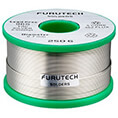
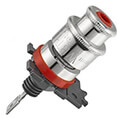









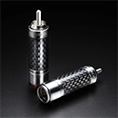
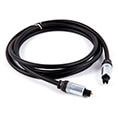

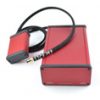


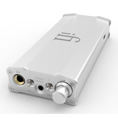
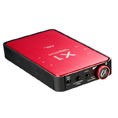


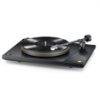
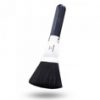
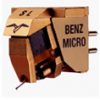
















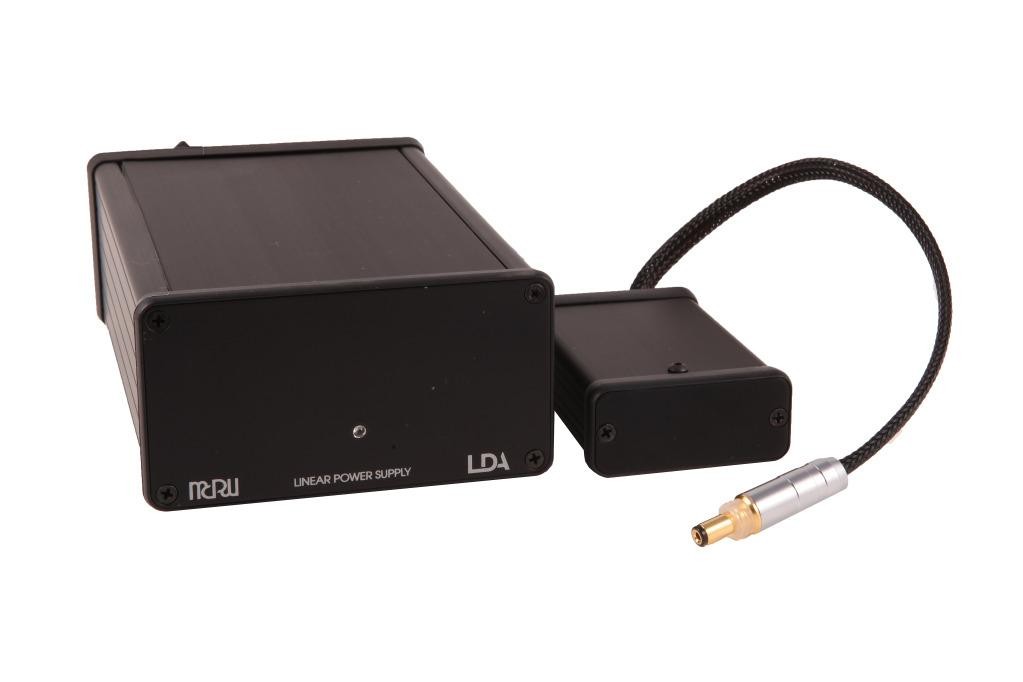
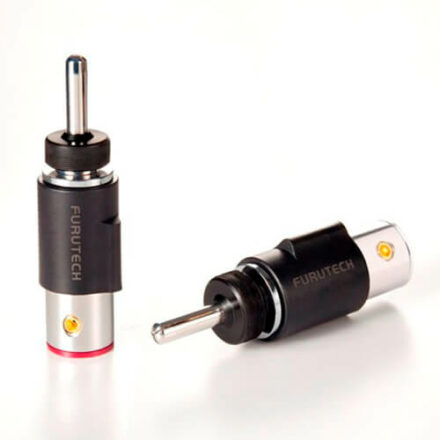
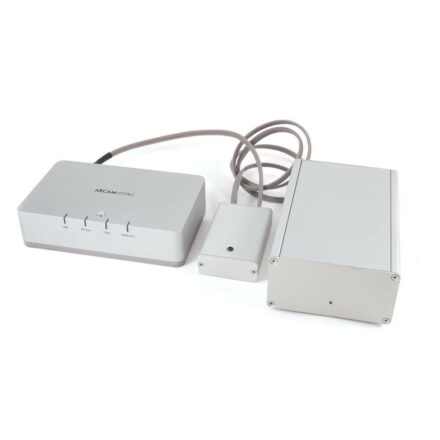
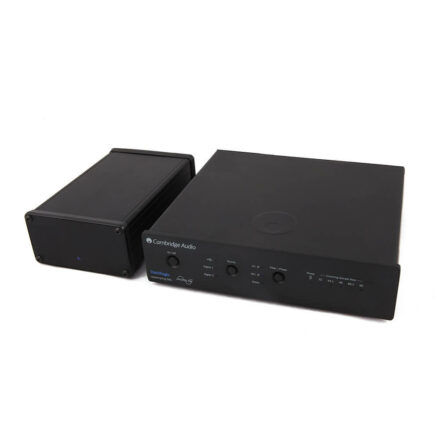
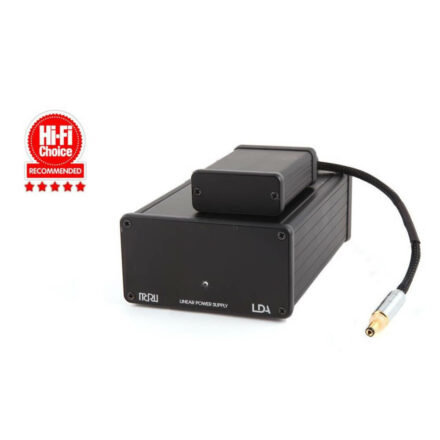
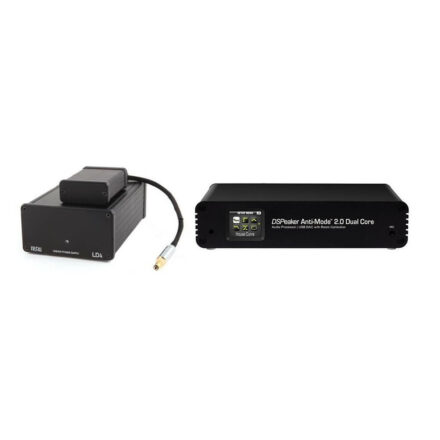


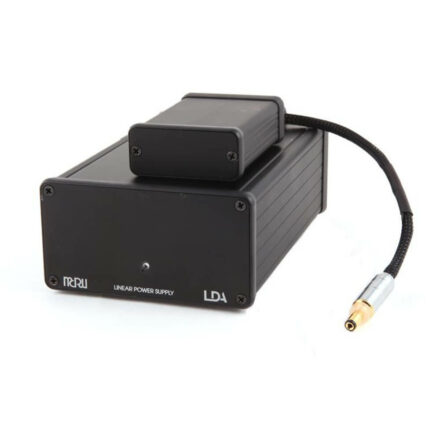
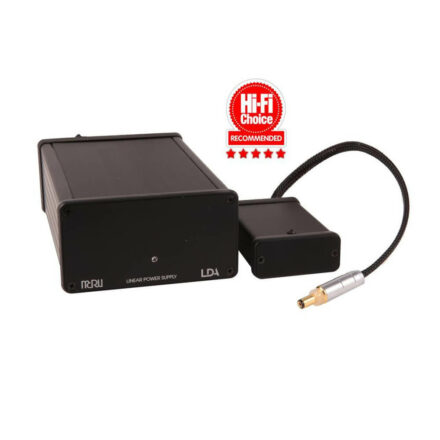

















Reviews
There are no reviews yet.